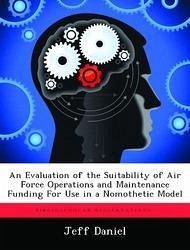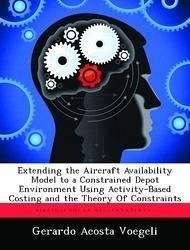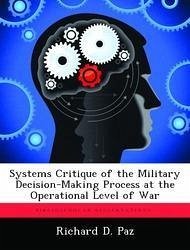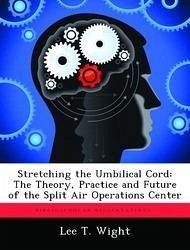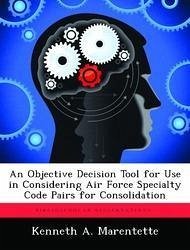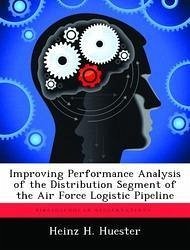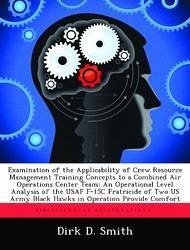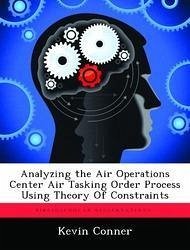
Analyzing the Air Operations Center Air Tasking Order Process Using Theory Of Constraints
Versandkostenfrei!
Versandfertig in über 4 Wochen
52,99 €
inkl. MwSt.
Weitere Ausgaben:

PAYBACK Punkte
26 °P sammeln!
This thesis examined the Air Operations Center (AOC) Air Tasking Order (ATO) development process using the Theory of Constraints (TOC). TOC defines a constraint as the variable in production in which a local innovation causes significant global improvement. The overall goal of this research was to identify constraints that exist in this development process, both within a single ATO cycle and across five concurrent overlapped cycles. There has been little documented research on the process of ATO development; much of what is available is either ad hoc, contradictory, or both. Despite this, it i...
This thesis examined the Air Operations Center (AOC) Air Tasking Order (ATO) development process using the Theory of Constraints (TOC). TOC defines a constraint as the variable in production in which a local innovation causes significant global improvement. The overall goal of this research was to identify constraints that exist in this development process, both within a single ATO cycle and across five concurrent overlapped cycles. There has been little documented research on the process of ATO development; much of what is available is either ad hoc, contradictory, or both. Despite this, it is widely agreed that up to five ATOs are concurrently in development at any one time. It is also widely acknowledged that a given ATO from initial conceptualization to execution takes 72 hours, with a daily ATO release occurring every 24 hours. What has not carefully been examined is the lateral interaction between processes within one ATO cycle, nor the vertical interaction between concurrent ATOs under development. Identifying these interactions for possible constraints will focus improvements in this complex command and control process. Using our model we identified specific locations of lateral constraints that often result in information chokepoints, and therefore reduced quality and/or late delivery of the ATO. We also pioneered identification of non-obvious vertical interaction between ATO cycles. Identification of these constraints will allow AOCs to more effectively plan and control ATO development to ensure accurate and on-time delivery of Air Tasking Orders.





